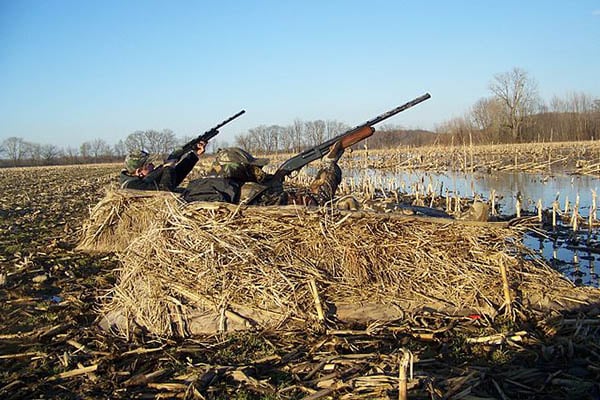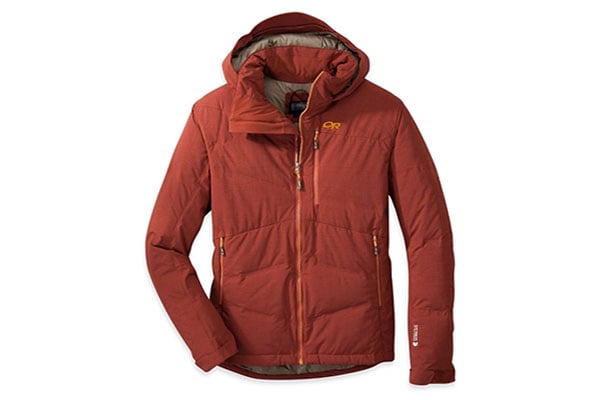Last Updated on
If you grew up hunting deer in the Midwest, chances are packing out a deer involved field dressing it and dragging it a few hundred yards to the truck. Even if you weren’t so close to where you parked, someone had an ATV handy to make the job a snap. However when you hunt in the expanses of the West or large forests elsewhere, packing out your deer, elk or moose can be an extremely challenging feat. A single hunter can usually handle quartering a deer and hauling it out, but without help or a serious strategy, packing out an elk or moose can be near impossible for a single hunter to do.
Hunter’s ethics come in here, as you shouldn’t take a shot on an animal you can’t effectively pack out. Every attempt to get all the meat out of the animal should be made, and you’ll find wanton waste laws in many states to back these ethics up. Still you shouldn’t need a law to tell you that all that venison deserves to be in your freezer not left out there in the field. So if you’re up for the challenge of hauling meat on a backcountry or long distance hunt, let’s look at the basic principals of packing out meat.
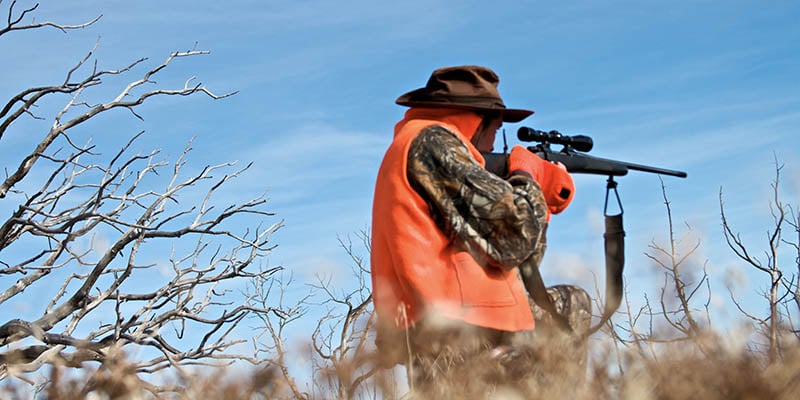
Help
A good buddy was never more needed than during hunting season, and your first step in prepping to pack meat out is to have a good friend on standby. Some will want to hunt with you, especially if you’re hunting elk or moose, and this can be a great advantage as you’ll have twice the manpower right away. Still, even a friend on standby should you really need them is better than nothing, just make sure they’re not in the stand on the same day as you’re hunting. If you don’t get reception, you can always hike the first load of meat out and then call for backup if you have several more trips yet to do. There are times when there won’t be help available, but if you can get it, always opt for some assistance packing out. Your body will certainly thank you for it, and you can pay your friend for the help in venison steaks.
Gear
Packs
A large hunting backpack is the most important piece of gear in your arsenal, besides your gun or bow of course. Forget the lightweight option of a day pack when you’re trying to haul out meat. A pack that small will be worthless. You’ll need a large backpacking style hunting pack, and you have the option of choosing an internal or external frame pack. Today the market is dominated by internal frame packs, and this is for a good reason. These packs are sleek and transfer the pack’s load to your center of gravity, which makes it easier to traverse rugged terrain. Often internal frame backpacks have plenty of pockets to hold various different gear, but make sure the one you select has a large compartment for meat storage. A popular model for hunters comes in the Badlands Summit Series packs that offers 4700 cu in. of space and the option to mount either a bow or rifle onto the pack.
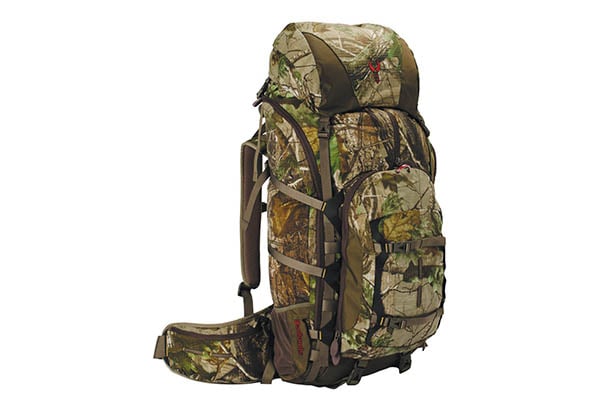
Before internal frame packs were so popular, external frame backpacks were the only option. These packs are called external because the frame holding the pack together is outside of the bag, usually in a strong but not especially sleek design. These packs still have their advantages, namely the ability to hold a lot of gear or meat easily, and attach more of a load if need be to the frame itself. This said, it can be difficult to hunt with an external frame pack, especially if you’re trying to be stealthy when traveling with one.
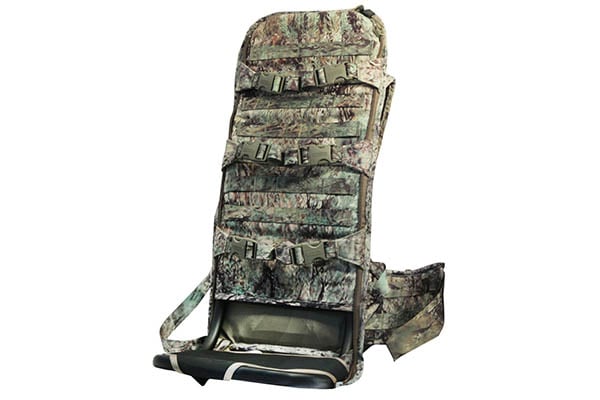
A new external frame pack is changing this, as the Eberlestock F1 Mainframe pack is the ultimate meat hauling / hunting pack out on the market today. You get the strong external frame design, but it is streamlined enough to function as your normal hunting pack when not employed in hauling duty. Like most Eberlestock packs, the F1 Mainframe accepts other Eberlestock bags and packs. You can carry your gear in on a bag attached to the Mainframe, and then ditch the top bag when you need to focus exclusively on meat hauling. Compression straps and a stout base on the Mainframe make attaching a game bag easy.
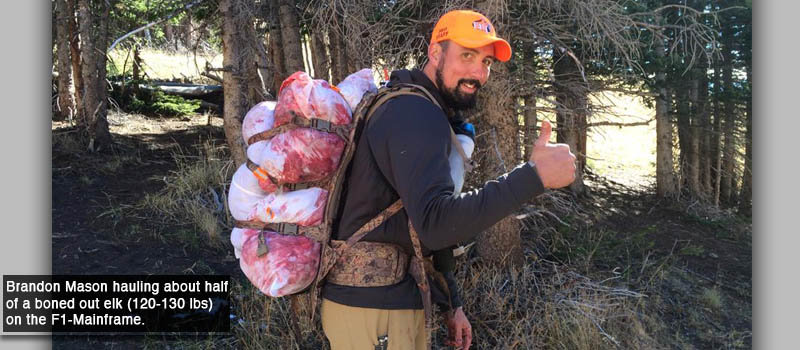
Knives / Saws
In addition to the backpack, a good outdoor knife is a vital part of the packing out process. You’ll want a quality outdoor knife designed for the purpose. Do yourself a favor and skip the cheap knock-off variety and get a $50 – $200 knife you can really count on. Some prefer fixed blade while others use folding knives. It’s really up to you, but remember that most folding knives have weak points that fixed knives do not. This isn’t really an issue in most field dressing / deboning tasks, but it can become an issue if you plan to use the knife for other jobs.
One other note, if you plan to quarter your game, you’ll want to bring a saw to make the task a whole lot easier. It is possible to quarter a deer with only a knife, but if you don’t know how to properly do it, then bring a saw to streamline this task. This is especially important if it is hot and you’re running tight on time before the meat spoils.
Game Bags
Not to be forgotten, carrying game bags is critical if you have to pack your meat out. Game bags prevent bugs and dirt and debris from contaminating your meat, and certain brands can help the meat breathe in the process. Make sure to bring several bags as you’ll need one for each quarter if you’re hauling them out one by one. Some hunters prefer to use trash bags (never scented) which is fine if you’re hunting in colder temperatures.
A trash bag on a warm day can accelerate spoiling, and you’ll want to get them into the cooler as quickly as possible. Leaving meat at the site in trash bags and hiking back to your truck when it is hot is not a good idea. You’re better off hanging the meat in the shade and exposing it to a breeze. However, hunters have found it’s a good option to leave meat in trash bags and place them in a nearby stream if one is around. Naturally you’ll want a heavy duty trash bag if you’re doing this, and make sure you tie the bag securely to the bank before you leave.
Coolers
It doesn’t do you much good to haul the meat back to your vehicle just for it to sit out and spoil while you get the rest. You’ll need a cooler setup waiting for you back at the vehicle, and you’ll want to make sure you have ample room, which in larger game might mean several coolers. We recommend K2 Coolers, but there are a variety of options out on the market. Just remember a cheap cooler won’t hold ice as long as the high quality coolers, and that could make all the difference during a warmer hunt where you have to make several trips. Don’t forget to keep the coolers out of the sun when storing meat or holding ice, and secure them from tampering when in bear country.
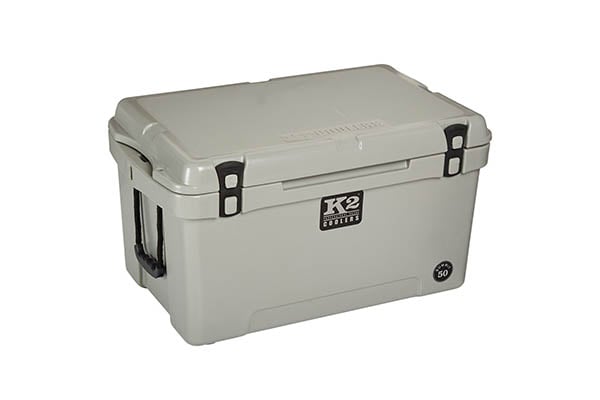
Image one courtesy of Wikimedia Commons.
